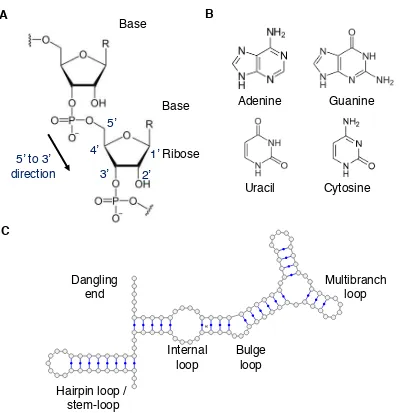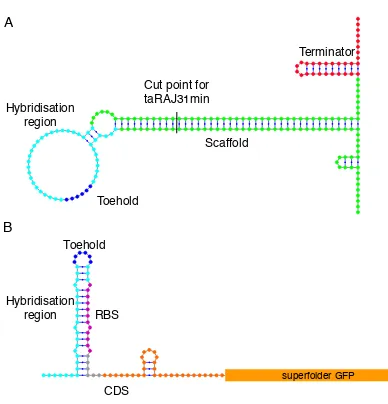Engineering of RNA sensors and actuators in living cells
Full text
Figure




Related documents
Here, we investigate the changes in flood fre- quency in Switzerland based on long time series of discharge and lake levels, precipitation, and weather types and based on climate
Comparison of heart rate variability in patients with stable angina and myocardial infarction between patients with and.. without angina on treadmill testing
This finding is consistent with the views of Dunlop (1958) who argued that industrial relations policies and practices are affected by the contextual or operating milieu:
For the intended airborne measurement perspective (see Part 2 of this work), the statistical retrieval reliably de- tects the present effective radius profile, while sanity
At Kyushu University in Japan, research ethics education adopting science communication is actually provided to graduate students. The details are
Methods: Tamoxifen was administered for 120 days at a dose of 0.5 or 0.8 mg/kg/day to either intact or spayed female dogs.. The effects were assessed through clinical
Dentists who reported difficulties of medium and major intensity perceived their work as psychologically demanding signifi- cantly more often (p < 0.001) as compared





